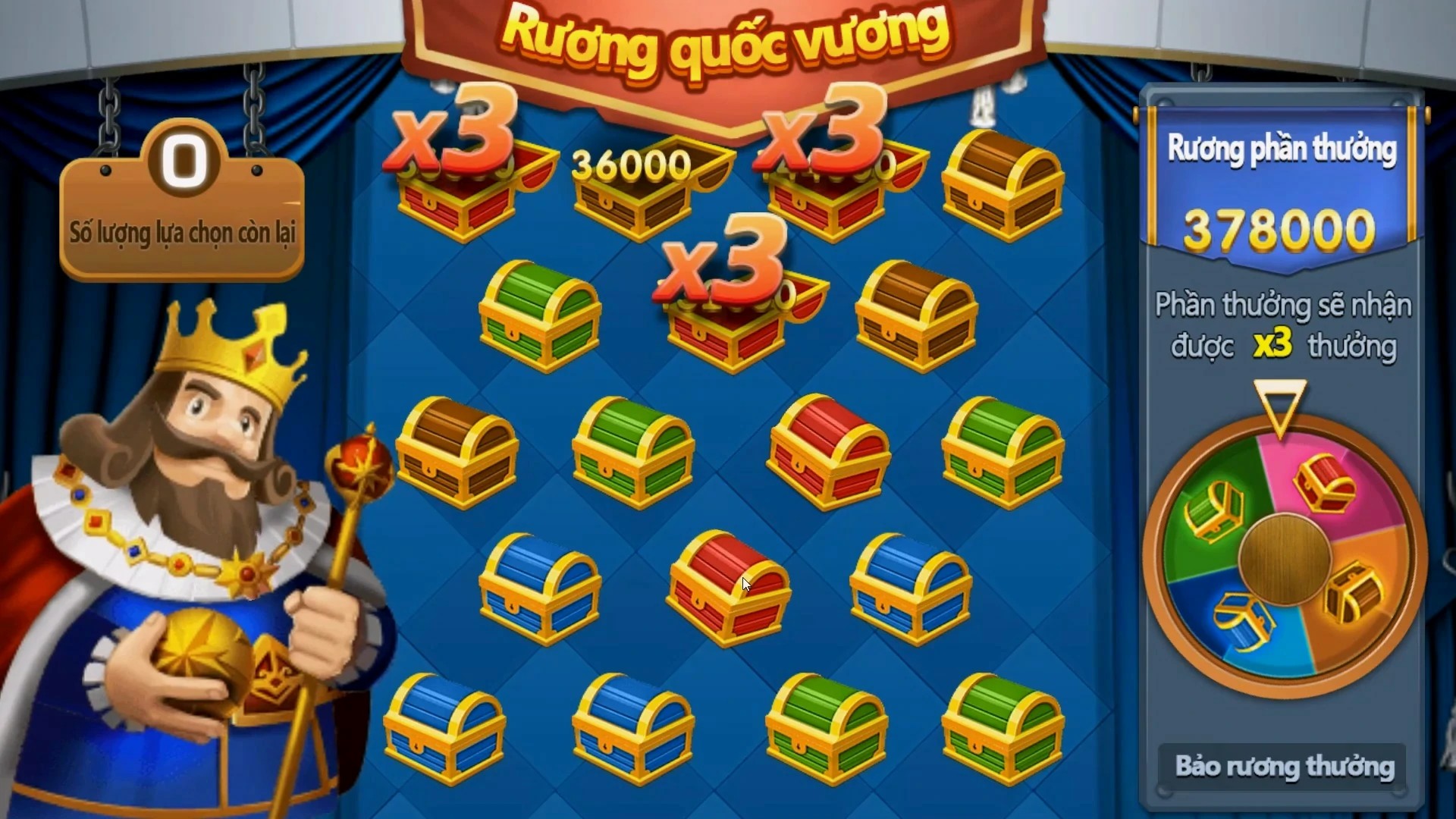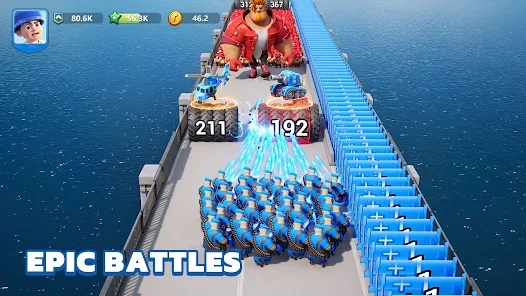The Rise of Idle Games: Why Resource Management Games Are Captivating Players Everywhere
In recent years, idle games have surged in popularity, captivating players worldwide with their unique approach to gameplay. These resource management games, characterized by their simplicity and engaging mechanics, have become a staple on mobile devices. But what exactly is driving this trend? Let’s explore the rise of idle games and their undeniable appeal.
What are Idle Games?
Idle games, often known as clicker games, are structured around resource management where players generate resources over time with minimal active input. This genre allows players to make progress while occasionally checking back on the game, hence the term "idle." The mechanics usually involve:
- Automated actions that continue to generate resources without constant player input
- Upgrades that enhance resource production
- Visual progression that keeps players tapping back in
Key Features of Resource Management Games
One of the key features that make idle games attractive involves their *rewarding feedback loops*. Players observe their resources accumulate exponentially, driving a cycle of investment and reward. Additionally, many idle games incorporate important elements, including:
| Feature | Description |
|---|---|
| Accessibility | They are easy to learn and don’t require sustained focus. |
| Social Integration | Many games include social features, allowing players to connect with friends. |
| Crossplay Potential | Games like EA Sports FC 24 offer crossplay, enhancing multiplayer experiences. |
Why Players are Drawn to Idle Games
So, what makes idle games so captivating to a vast audience? Here are some reasons:
- Low Commitment: Idle games fit into busy lifestyles, allowing players to engage without spending hours.
- Continuous Progress: The feeling of constant growth provides satisfaction, keeping players engaged long-term.
- Customization: Players can often personalize their gameplay experience, tailoring mechanics to their preferences.
Conclusion
In conclusion, the rise of idle games as a genre in resource management is not a mere trend, but rather a response to modern gaming needs. Their combination of accessibility, automation, and engaging mechanics appeals to players around the world. As games evolve, idle gameplay is likely to hold a significant place in the gaming landscape, continuing to attract new fans. Whether you’re a lifelong gamer or new to the scene, consider diving into the world of idle games—you might find your next obsession!



